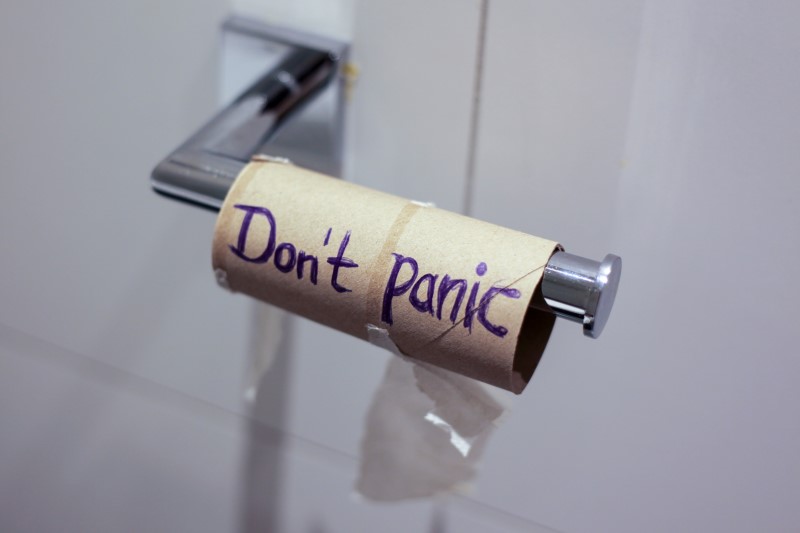Lots of people worry that they are going to forget their words when they’re giving a speech or presentation. And it’s a valid fear: when we’re nervous, we often experience the terror of our mind going blank (I still have anxiety dreams about this from my acting days).
As a result, many of us resort to one of two things:
- Overloading our slides so that we can just rely on reading those out
- Reading word for word from a script (see: Rishi’s first PM address outside No.10)
Since we need to avoid doing both of those things, we need to find other strategies for feeling confident that we are going to deliver our speech in full without drying up or forgetting important points.
Here are my tips:
- Keep it simple, with ONE KEY MESSAGE. If you only have one really important point to make, you’re unlikely to forget to mention it! Simplicity is essential for your audience, too: don’t overload them, just make it clear, concise and easy to grasp.
- Say it right at the start. Don’t leave it to the end for your big reveal. Identify what you want the audience to do, tell them right at the start what that is and why, and then spend your presentation backing it up with relevant illustrations of your point. You’ll then be reiterating your message a number of times throughout your presentation, so if you miss it once you’ll hit it again on the next go round.
- Tell the story. We all know how a story goes: once upon a time…a problem arises….the hero saves the day…happily ever after. When you inhabit a story, giving us characters and details, you’ll find it so much easier to stay on course.
- Use visual slides. Used well, slides can provide brilliant illustrations to create empathy; help your audience to remember key points (we remember words better when they are accompanied by a visual reference point); and, in this case, act as a prompt to help you remember what’s coming next.
- Have bullet points on cards. Condense your presentation into short sentences that help you remember where you are. BUT, be strict with yourself: don’t write too many words, or you might be tempted to read them out. And never, ever write on both sides of the card; they must be clearly numbered and not require any turning over or shuffling them about (remember Boris flipping pieces of paper back and forth in a wild state of panic? “Forgive me. Uh, forgive me. Forgive me.”)
- Practise. Practise. Practise. It helps to think of your presentation in “Chapters”. For example. Chapter One is your hook and intro; Chapters Two, Three and Four are your stories which each illustrate your point; Chapter Five is your reiteration and Chapter 6 is your call to action. A clear structure will keep you driving in the right direction.
Get in touch if you’d like help writing (and remembering!) a brilliant presentation.

